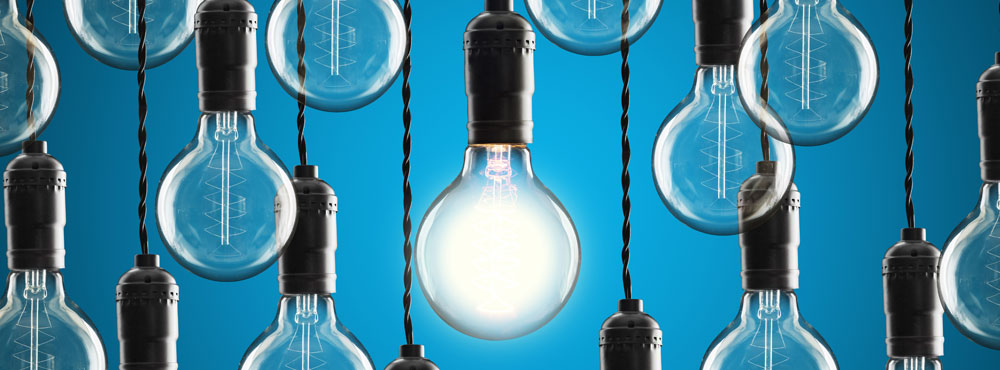Tasmanians have been bracing themselves for another large increase in electricity prices following the 11.8% increase in prices last year, and the announcement of a 9.51% increase from 1 July will be the final straw for many household budgets already at breaking point.
TasCOSS CEO, Ms Adrienne Picone, said the price increase of 9.51%, represents an increase of $210 on an average annual bill for Tasmanian households already struggling under cost of living pressures including rising interest rates, record rent increases, and higher than CPI food, fuel and energy price increases.
“With one-in-four households already unable to afford the cost of living, this increase in electricity prices will lead to further energy debt, greater financial pressure and increased hardship for Tasmanian households,” Ms Picone said.
“TasCOSS is calling for more direct intervention from the Government by capping electricity prices to protect Tasmanian customers from price volatility in the National Electricity Market (NEM).
“A cap on electricity prices has been done before by this Government in 2018 and we know it works.”*
Ms Picone said the number of Tasmanians in energy hardship and seeking support to pay their bills is on the rise, and without Government intervention will only continue to get worse.
“The Government can choose to ignore the evidence, but the reality is we know Tasmanians are under extreme energy cost pressures,” she said.
“The number of Tasmanians in energy debt continues to grow and the total amount of household energy debt has ballooned to more than $15 million. And just last week we learned that without Aurora’s contributions, the Energy Hardship Fund would have been exhausted, such is the need for financial support in the community.
“Capping electricity prices must be part of a broader strategy to combat rising energy costs. In the short-term, a review of the electricity concession scheme is also required to ensure it is well targeted and appropriate.
“Equally, to bring down energy bills in the long-term the Government needs to look closely at investing in a program of household energy efficiency initiatives to support low income and rental households.”
* The Government capped electricity prices in 2018 and has said it would act to cap prices again in the event of future price hikes (2021 State Election | Energy Policy and Department of Treasury and Finance website) and volatility in the NEM to protect Tasmanian households and businesses.

